Premium Only Content
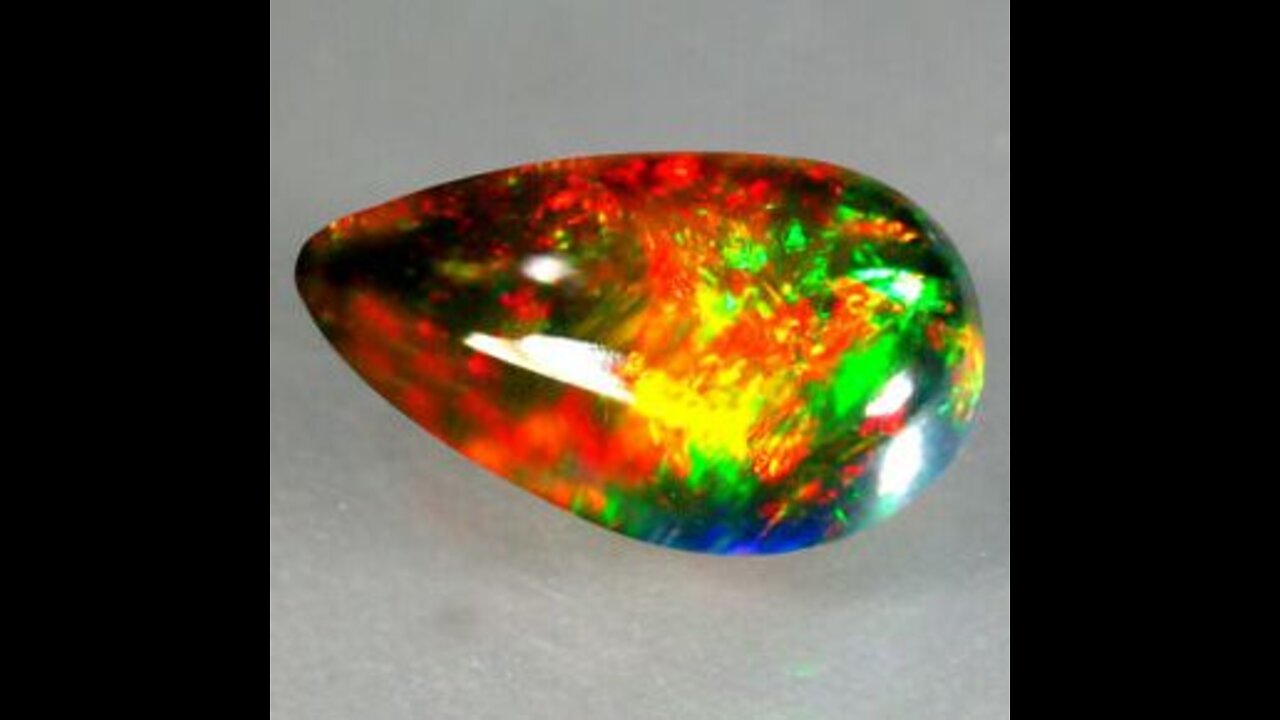
"The Inmost Light" by Arthur Machen
This is just all the chapters put together into one upload. If you've been following along the whole time, there is nothing new to hear here.
----
0:00:00 Chapter 1
0:19:14 Chapter 2
0:26:05 Chapter 3
0:52:33 Chapter 4
1:02:31 Chapter 5
----
From the annotations:
CHAPTER 1:
salmi = a stew of roasted game
Ratés = professional failures
Chaldee roots = of the Chaldean language
Homers, not Agamemnons. Carent quia vate sacro: from Horace's Odes 4-9: "Many brave men lived before Agamemnon; but, all unwept and unknown, are lost in the distant night, since they are without a divine poet (to chronicle their deeds).
"Harlesden: once a country village, Harlesden became progressively urbanized in the course of the 19th century, particularly in response to the spread of the railway. Machen's story captures this sense of dramatic development in the later decades of the century.
"Because it was near the Palace": the Crystal Palace, originally erected in Hyde Park for the Great Exhibition of 1851, was moved in 1854 to Sydenham. After this "the Palace became the centre of Norwood's existence. Visitors flocked to the Palace's varied attractions, many of them brought by the Crystal Palace and West End Railway Line, opened in 1856. Crystal Palace was destroyed by fire in 1936.
red lamp: sign of a doctor's establishment
General Gordon: a pub named after Major General Charles George Gordon, a martyr in Victorian cultural imagination after his death in Khartoum at the hands of Mahdist forces, a comparatively recent event.
a fire that is unquenchable: a reference to the eternal punishment of hell, from Isaiah 66:24
----
CHAPTER 2: No annotations
----
CHAPTER 3:
sudorific: perspiration-promoting medicine
agony column: newspaper column devoted to personal advertisements.
gimp: a plaited trimming on furniture
green rep and the oleographs: rep is a plain-weave fabric (usually of wool, silk, or cotton) with a ribbed surface, used especially for draperies and upholstery. Oleography is a form of lithography that seems to imitate oil painting.
Benedictine: a French herbal liqueur, so called because originally made by French monks of that order.
char-woman: someone hired by the day to do cleaning and other domestic work. 'Char' is related etymologically to 'chore'.
Paracelsus and the Rosicrucians: Paracelsus was Theophrastus Bombastus von Hohenheim (c. 1493-1541), Swiss physician, alchemist, and occultist. The Rosicrucians were a society inspired by a trio of early 17th century manifestos asserting the existence of a fictitious "Order of the Holy Cross"; the Order of the Golden Dawn, to which Machen later belonged, had Rosicrucian connections.don: persistently to demand payment
Explicit: Latin; declaration of an ending; cf. Incipit, beginning.
British Guineas haven't been minted since 1814, and varied in exchange rate over time, being originally equal to 20 shillings (one pound), reaching a peak worth of 30 shillings. For a century (starting in 1717) it was fixed by royal proclamation at 21 shillings. And was then abolished as currency in 1816.
As this story would presumably be set in the late 19th century, the guinea would not be an official unit of currency at the time, but would still be understood by people of the time to represent 21 shillings per guinea.
Depending on how you want to asses changes in value over time, £1 in, say, 1880, would be worth anywhere from £106 to £1875 today. That's a really wide spread, but even at the low end of 1:106, 1,000 guineas in 1880 would be worth well over £100K.
----
CHAPTER 4:
Rabelaisian: François Rabelais (d. 1553), author of the Renaissance classic "Gargantua and Pantagruel", was on Machen's shortlist of essential authors. 'Rabelaisian' usually suggests the presence of bawdy, earthy comedy; the reference here is to the giant, living sausages encountered by Pantagruel in the fourth book of "Gargantua and Pantagruel".
penny-exercise book: blank books used for school exercises.
story papers: periodicals containing fiction, especially aimed at a juvenile (male) audience. A prominent example from this period would be the Boy's Own Paper.
----
CHAPTER 5: No annotations
----
The pictures used are:
Chapter 1: A photo of Harlesden, circa 1875.
Chapter 2: "The Arch" in central London, by Clive Varley, used here under the Creative Commons Attribution 2.0 Generic license (https://creativecommons.org/licenses/by/2.0/).
Chapter 3: The slums of Lower Fore Street in Lambeth, 1865. Used here to suggest the living conditions to which Dr. Black had been reduced by the time he moved to London. Not exactly the Strand, but still London at least.
Chapter 4: A black opal
Chapter 5: "ink in water" by Leonardo Aguiar, used here under the Creative Commons Attribution 2.0 Generic license (https://creativecommons.org/licenses/by/2.0/). It looks like it could be yellow smoke, anyways.
To follow along: https://en.wikisource.org/wiki/The_House_of_Souls/The_Inmost_Light
-
 LIVE
LIVE
The Quartering
3 hours agoTrump's Huge Tariff Win, Bimbos In Space, Karmelo Anthony RELEASED, Another Trump Assassin!
32,459 watching -
 LIVE
LIVE
Right Side Broadcasting Network
5 hours agoLIVE: President Trump Greets Ohio State National Football Champions at the White House - 4/14/25
2,396 watching -
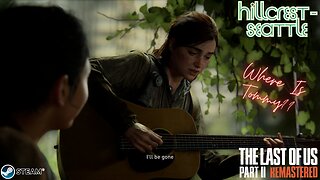 LIVE
LIVE
KingB33Gaming
14 hours agoZero Sum Seattle - Tommy is Still Missing | The Last Of Us PT 2 Remastered
302 watching -
 UPCOMING
UPCOMING
The HotSeat
59 minutes agoResurrection Week Kicks Off—And So Does the Democrat Freak Show: AOC and Bernie 2028
37 -
 UPCOMING
UPCOMING
Jeff Ahern
29 minutes agoMonday Madness with Jeff Ahern (1pm Pacific)
-
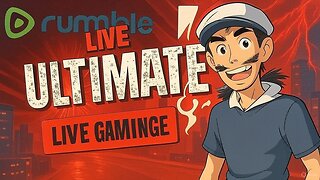 LIVE
LIVE
Dabkillah
1 hour ago🔴LIVE-DABKILLAH MONDAY BLAH HAHAHAH
421 watching -
![[Ep 649] The Border is SEALED! | Real ID: Freedom’s Shield or Surveillance Trap?](https://1a-1791.com/video/fww1/46/s8/1/B/3/8/B/B38By.0kob-small-Ep-649-The-Border-is-SEALED.jpg) UPCOMING
UPCOMING
The Nunn Report - w/ Dan Nunn
35 minutes ago[Ep 649] The Border is SEALED! | Real ID: Freedom’s Shield or Surveillance Trap?
7 -
 1:49:02
1:49:02
Russell Brand
3 hours agoTrump THREATENS China “NOBODY is getting off the hook” As Trade War INTENSIFIES! – SF565
131K32 -
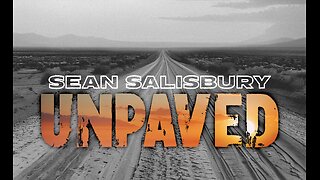 1:04:26
1:04:26
Sean Unpaved
3 hours agoRory's Masters Glory!, NBA Play-Ins Preview, Tennessee Moving On From Iamaleava?
40.1K -
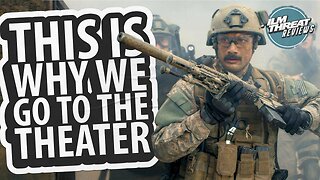 9:00
9:00
Film Threat
4 hours agoWARFARE | Film Threat Reviews
18.7K7